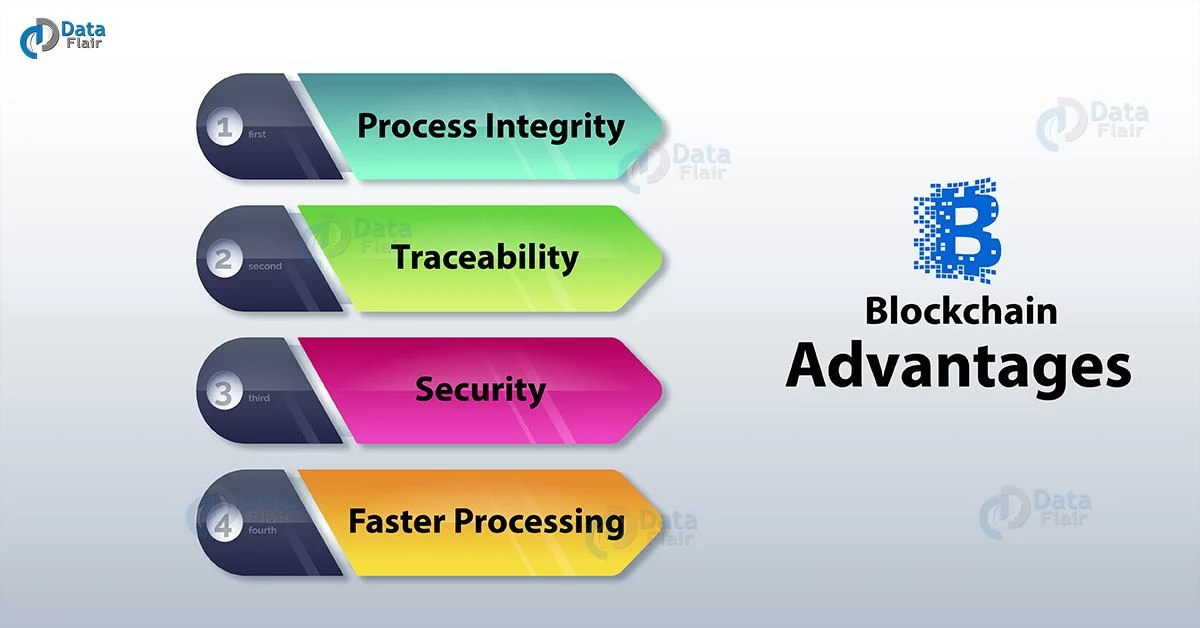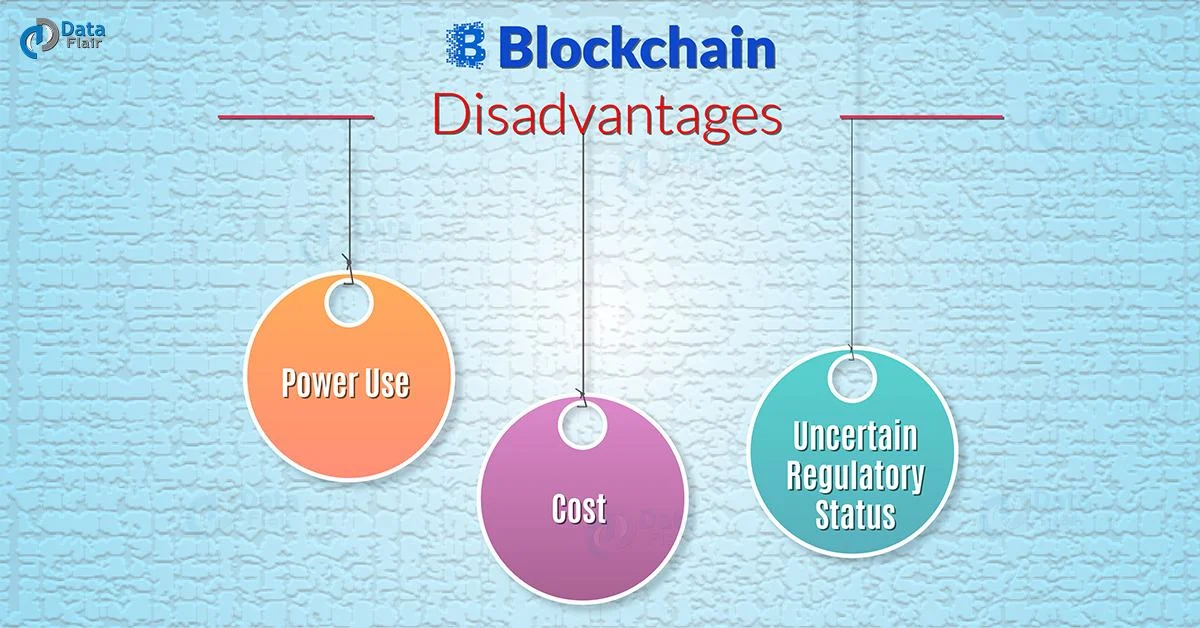Blockchain technology was first introduced in 2008 and was implemented from 2009. Its very first implementation was in the cryptocurrency Bitcoin. The success of Blockchain has moved the technology to a very wide range which ultimately provided a huge amount of convenience to the organizations but on the other hand, if the technology has pros, it has its cons too. So, let us study the advantages and disadvantages of Blockchain in detail.

Advantages and Disadvantages of Blockchain
Below discussed are the major advantages and disadvantages of Blockchain. Lets discuss them in detail.
a. Advantages of Blockchain

i. Process Integrity
Due to the security reasons, this program was made in such a way that any block or even a transaction that adds to the chain cannot be edited which ultimately provides a very high range of security.
ii. Traceability
The format of Blockchain designs in such a way that it can easily locate any problem and correct if there is any. It also creates an irreversible audit trail.
iii. Security
Blockchain technology is highly secure because of the reason each and every individual who enters into the Blockchain network is provided with a unique identity which is linked to his account. This ensures that the owner of the account himself is operating the transactions. The block encryption in the chain makes it tougher for any hacker to disturb the traditional setup of the chain
iv. Faster processing
Before the invention of the blockchain, the traditional banking organization take a lot of time in processing and initiating the transaction but after the blockchain technology speed of the transaction increased to a very high extent. Before this, the overall banking process takes around three days to settle but after the introduction of Blockchain, the time reduced to nearly minutes or even seconds.
 Best resource for Online free Education
Best resource for Online free Education

